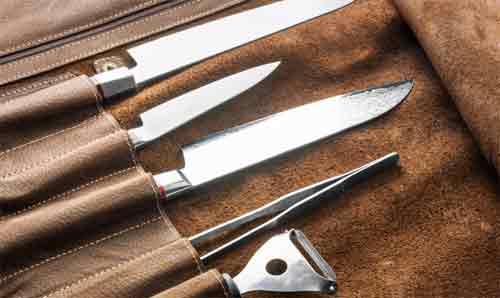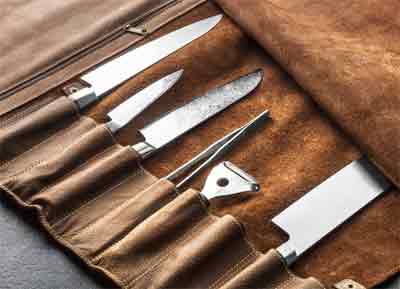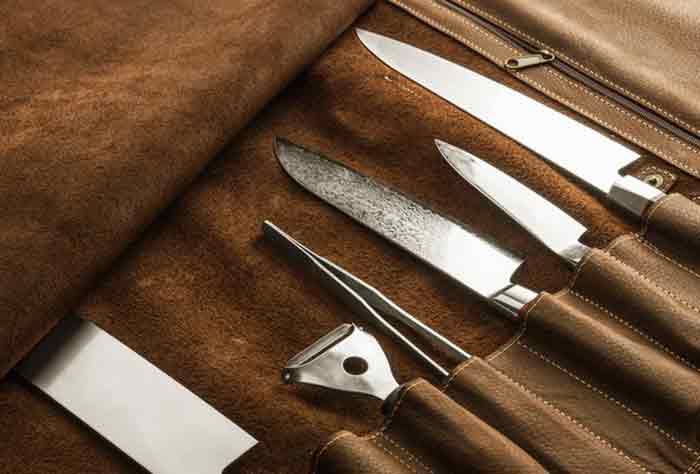You might have seen it languishing in one of the glass cases as your wife drags you through yet another dreary, stuffy antique store, or it might have called out to you from a table at an estate sale: a Case pocket knife that looks a good bit older than the one in your pocket. Is the price fair? Identifying a valuable Case knife, for many knife collectors, is a full-time occupation. There are so many factors involved in determining the value of a Case knife, including its age, composition of the blade and handle, and its condition, that it can be a daunting task to really get a fair value for that antique-store knife.
Do you like it?

The most important question in any collecting hobby is the question of whether or not you actually like the item you’re about to purchase. It can become tiresome when collecting to constantly be putting a monetary value on everything. While that will make the collection easier to sell if you ever need to, the truest form of collection on any subject matter, but in particular in collecting Case knives, is to actually enjoy your collection. Case knives have been around for well over a hundred years now, and they’ve made several thousand different types of knife, all of them in different handle variations, with different tang stampings and different badging in the handle. All this adds up to an almost complete impossibility to acquire one of each type of Case knife ever made. This leads in to the question of what particular type of Case knife or variety of Case knife do you like? Center your knife collection around this, and it won’t be quite so daunting (or expensive) of a task to put together a significant Case knife collection. This also allows you the freedom to walk into those antique stores, properly value a Case knife, and even put your own personal valuation on it. Is it one that you need for your collection? If not, is it one that you would like to add to your collection anyway? If you don’t need the knife, it’s expensive, and you don’t particularly like it, then why would you get it?
Important determinations to make when valuing Case knives

Two of the most important things to keep in mind when determining the value of a Case knife you are considering purchasing are: Is the knife in new or used condition, and has the knife been sharpened? Some overzealous collectors might not realize that sharpening a collectible Case knife can seriously diminish its value, as can carrying the knife. While it might make for an interesting conversation piece, a knife which has the scratches and dings on it which are indicative of having been used can reduce the piece’s value as much as 50%-75% over the value of a mint, never used Case knife, find more info.
So, you’re still looking at that Case knife with the $35 price tag in the antique store, and wondering if it’s worth it? Well, have a look. Let’s say for instance that this is a 1980 Case large trapper with a yellow handle. The stamping number on these knives is #3254. You know that the new value of these knives ranges between $70-$90, and earlier examples can be priced in new condition from nearly $250. This knife, however, is obviously not new. While it has not been sharpened, it has a small crack on the handle, and one of the blades shows signs of use- tiny pits in the surface of the metal indicative of light use and common on knives more than 20 years old. As you know, a used knife depreciates value by about 50% Split the difference between 250 and 70, and you’re left with $160. The crack on the handle is a serious imperfection, even on a used knife, so knock another 75% from that, and you’re left with $40. The price, then, for that particular Case knife, is not entirely unreasonable for its condition, but you might want to try to knock the price down a bit further. Around $27 would be a good deal. Considering that, if you still like the knife, and don’t mind the crack, it’s still less expensive than a new Case knife of the same type, and it’s got some history behind it. For the cost, it’s worth it even if you decide to carry it yourself rather than mount it on the wall.
As with any collection, collecting Case knives is a hobby which can very easily get out of control. Knowing how to properly value Case knives can help you to build a better collection which will have considerable residual value in the future. Just remember to always buy the Case knife that you like before buying one that’s expensive just because it’s a collector piece.
